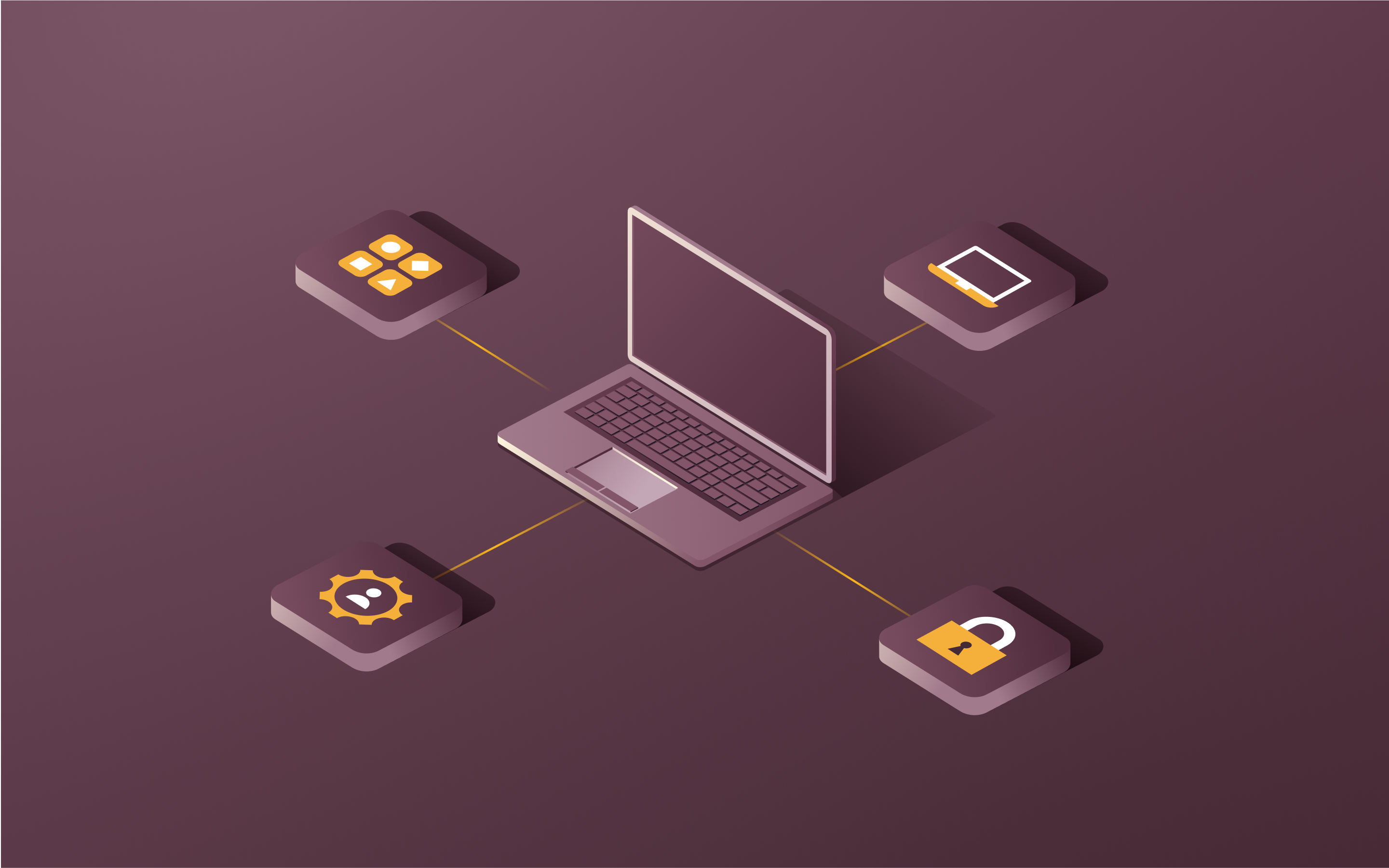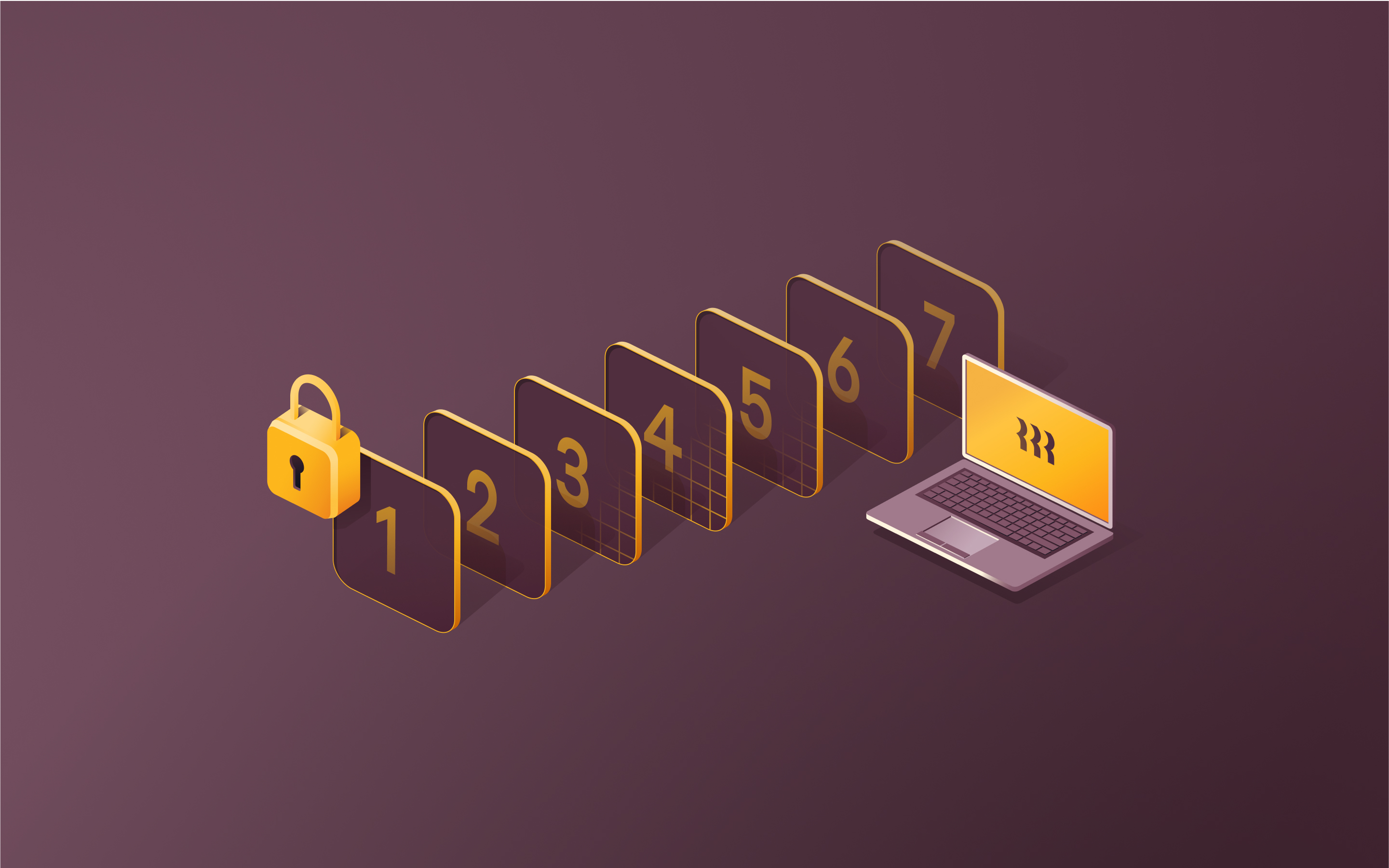Top 8 cybersecurity framework list for 2025
When hackers strike a business, the damage goes way beyond stolen data. Money gets lost, systems go down, and the company's reputation takes a hit that can drive customers away for good.
Security is a moving target, and most businesses don't have unlimited resources to throw at the problem. They need to make smart decisions about where to invest their time and money for the best protection.
This is where cybersecurity frameworks become valuable. Think of a framework as a security checklist on steroids. It helps answer questions like: "What exactly should we be protecting?" "How do we know if our protection is working?" and "What do we do when something goes wrong?"
Not all frameworks are created equal. Some focus on specific industries like healthcare or finance, while others can work for any business. In this guide, we'll explain the most popular frameworks and help you figure out which one fits your situation best. The right framework can turn security from a constant headache into something your business can actually manage.
What is a cybersecurity framework?
A cybersecurity framework is a set of guidelines and best practices that organizations can use to manage their security risks. It's like a blueprint for building a strong security foundation.
Most frameworks are designed to be flexible and adaptable to different industries, regulatory environments, and risk tolerances. They provide a common language and point of reference for everyone from IT practitioners to executive leadership to third-party auditors.
Some of the key things a cybersecurity framework typically includes:
- A set of guiding principles and standards for security controls
- A way to assess the current state of those controls in your organization
- Guidance on how to prioritize and address any gaps or weaknesses
- Metrics and KPIs to track your progress over time
- Alignment with relevant laws, regulations, and industry standards
The goal is to give organizations a systematic, risk-based approach to managing cybersecurity. Instead of just throwing spaghetti at the wall and hoping it sticks, frameworks provide a structured way to identify, protect, detect, respond, and recover from cyber threats.
Benefits of using information cybersecurity frameworks
So why bother with a framework at all? Can't you just wing it and hope for the best? You could, but you'd be setting yourself up for a world of hurt.
Cybersecurity frameworks offer some major benefits:
Strengthens security posture
Frameworks help you take a proactive, holistic approach to data security. By systematically assessing your controls and identifying gaps, you can strengthen your overall defense against cyber threats.
Ensures regulatory compliance
For many industries, frameworks are more than just a nice-to-have; they're a legal requirement. Aligning with recognized frameworks like NIST or ISO provides a strong foundation that supports compliance with regulations like HIPAA, GDPR, or PCI DSS. That means avoiding costly fines and reputational damage.
Improves communication and alignment
Frameworks create a shared vocabulary and set of expectations around cybersecurity. That makes it easier to communicate risks and priorities to stakeholders at all levels, from the IT trenches to the boardroom. Everyone is working off the same map.
Enhances risk management
At their heart, frameworks are all about managing risk. They help you quantify and prioritize the specific cyber threats facing your organization so you can allocate resources effectively. It's about being strategic, not just reactive.
Drives continuous improvement
Frameworks aren't meant to be a one-and-done exercise. They establish a cycle of constant assessment, adjustment, and improvement of your security practices. By regularly measuring your program against a defined benchmark, you ensure you're always adapting to the evolving threat landscape.
Top 8 cybersecurity frameworks
But with dozens of frameworks out there, which ones are worth your while? Let's take a look at some of the most popular ones:
1. NIST cybersecurity framework
NIST CSF is a voluntary set of standards, guidelines, and best practices to help organizations manage their cyber risk. Developed by the national institute of standards and technology, it's widely considered the gold standard for critical infrastructure organizations.
2. ISO/IEC 27001
ISO 27001 is an international standard for information security management systems (ISMS). It lays out the requirements for establishing, implementing, maintaining, and continually improving an ISMS. Getting ISO 27001 certified is a rigorous process, but it shows that you take security seriously.
3. CIS critical security controls
Formerly known as the SANS controls, the CIS controls are a prioritized set of actions to protect your organization and data from known cyber attack vectors. They're developed by the center for internet security and are a great foundation for any security program.
4. SOC 2
SOC 2 is an auditing standard for service organizations that handle customer data. It's based on five "trust service principles"—security, availability, processing integrity, confidentiality, and privacy. Many companies, especially in tech, need SOC 2 certification to close deals.
5. PCI DSS
If your business processes, stores, or transmits credit card data, you must comply with the payment card industry data security standard (PCI DSS). It lays out strict requirements for things like encryption, access control, and network security.
6. HIPAA security rule
The health insurance portability and accountability act (HIPAA) security rule sets national standards to protect individuals' electronic personal health information. If you're in healthcare or work with health data, HIPAA compliance is non-negotiable.
7. COBIT
COBIT, which stands for control objectives for information and related technologies, is a framework for IT management and governance. Developed by ISACA, it helps organizations align their cybersecurity with broader business goals and risk management strategies.
8. GDPR compliance framework
While not a framework per se, the EU's general data protection regulation (GDPR) has strict requirements for how organizations collect, process, and secure personal data. This helps companies ensure they meet those standards and avoid massive fines.
These are just a few of the many cybersecurity frameworks out there. Others to be aware of include HITRUST for healthcare, FISMA for federal agencies, and the AICPA's cybersecurity risk management reporting framework.
4 key components of cybersecurity frameworks
While each framework has its own specific controls and requirements, most share some common elements. Here are four key components you'll find in nearly every cybersecurity framework:
Risk assessment and management
Job one of any framework is helping you understand your unique risk landscape. That means identifying your critical assets, systems, and data, and the specific threats and vulnerabilities they face. From there, frameworks provide guidance on how to assess and prioritize those risks based on their potential impact.
Security policies and governance
Frameworks don't just tell you what to do, but how to do it. They include guidelines for developing strong security policies, procedures, and standards. And they establish clear roles and responsibilities for executing and overseeing your security program.
Continuous monitoring and detection
You can't protect what you can't see. Frameworks emphasize the importance of real-time visibility into your security posture. That means continuous monitoring of your networks and systems to detect anomalies and potential threats. It also means having clear processes in place to investigate and respond to incidents.
Testing and auditing
Frameworks build in regular testing and auditing of your security controls to ensure they're working as intended. This could include things like penetration testing, vulnerability assessment, or access control audits. The goal is to continually validate and improve your defenses.
Why use a cybersecurity risk management framework
So, who needs a cybersecurity framework anyway? The short answer is: pretty much everyone. Every organization today is a potential target for cyber attacks. And the stakes are only getting higher.
According to IBM, the average cost of a data breach hit $4.88 million in 2024. And that's just the direct costs. The reputational damage and loss of customer trust can be even more devastating.
But certain industries and types of organizations are especially vulnerable and have the most to gain from implementing a cybersecurity framework:
- Financial institutions that handle sensitive customer data and transactions
- Healthcare providers subject to strict HIPAA regulations
- Government agencies and contractors dealing with classified information
- Retailers and e-commerce companies processing credit card data
- Tech companies that need to demonstrate security rigor to enterprise customers
- Any business that relies heavily on digital systems and data to operate
For these organizations, a cybersecurity framework isn't optional; it's a business necessity. Frameworks provide a roadmap for securing your most valuable assets and ensuring business continuity in the face of growing cyber threats.
How to choose the best cybersecurity compliance framework
With so many frameworks to choose from, how do you pick the right one for your organization? Here are four key factors to consider:
Industry and regulatory requirements
Start by looking at the specific cybersecurity compliance mandates for your industry. If you're in healthcare, HIPAA is a must. If you process credit cards, PCI DSS is non-negotiable. Certain frameworks are simply table stakes for doing business in regulated industries.
Business goals and risk tolerance
Beyond compliance, think about your unique business objectives and risk appetite. Are you a fast-growing startup that needs to move quickly? You might implement NIST CSF in phases, focusing first on the most critical controls while building toward comprehensive coverage. Are you a government contractor dealing with sensitive data? The more rigorous FISMA standards may be appropriate.
Resources and maturity level
Be realistic about your organization's resources and security maturity. Some frameworks, like ISO 27001 or SOC 2, require significant time, money, and expertise to implement fully. If you're just starting out, a less prescriptive framework like the CIS controls may be a better fit.
Customer and partner expectations
Finally, consider the security expectations of your key stakeholders. What frameworks do your biggest customers require their vendors to align with? What cybersecurity standards do your industry partners follow? Choosing a widely-accepted framework can help build trust and win business.
At the end of the day, the "best" cybersecurity framework is the one that helps you effectively manage your unique risks while aligning with your business goals and resources.
Secure your organization with Rippling
Implementing a cybersecurity framework can seem daunting, especially for lean IT and security teams. But with the right tools and guidance, you can level up your security posture without losing your mind.
That's where Rippling comes in. Our all-in-one HR and IT platform helps you centrally manage and automate your security controls across your entire workforce. With Rippling, you can:
- Automatically provision and deprovision user accounts based on HR data
- Enforce strong password policies and multi-factor authentication
- Deploy and manage security agents on all your company devices
- Monitor and investigate suspicious activity with detailed audit logs
- Generate compliance reports for audits and assessments
Plus, Rippling integrates with leading security tools like SentinelOne and Okta to give you a unified view of your security posture. Whether you're aligning with NIST, ISO, or any other framework, Rippling makes it easy to translate standards into action. So you can focus on growing your business, not just defending it.
Cybersecurity framework list FAQs
What are the types of cyber security frameworks?
The main types of cybersecurity frameworks include:
- Control frameworks that provide specific security safeguards (e.g. e.g. CIS Controls, COBIT)
- Program frameworks that help you manage your overall security posture (e.g. NIST CSF, ISO 27001)
- Risk frameworks that guide risk assessment and management (e.g. NIST risk management framework, ISO 31000)
- Compliance frameworks aligned with regulatory requirements (e.g. PCI DSS, GDPR requirements)
What are the 5 frameworks of NIST?
NIST actually puts out multiple cybersecurity guidelines and standards, but their flagship cybersecurity framework is organized into five core functions:
- Identify threats and vulnerabilities
- Protect critical assets and systems
- Detect cybersecurity events in real-time
- Respond to detected incidents
- Recover from cyber attacks and breaches
How many security frameworks are there?
There's no definitive count, but by some estimates there are over 50 different cybersecurity frameworks and standards out there. But most organizations will focus on a handful of the most widely-used and industry-relevant frameworks.
What are the 7 types of cyber security?
Cybersecurity is a broad field with many subspecialties. Some of the main categories include:
- Network security
- Device and endpoint security
- Application security
- Cloud security
- IoT security
- Zero trust security
- Operational security
But in practice, these areas overlap quite a bit. The key is taking a holistic, layered approach to securing your entire attack surface.
What's the difference between cybersecurity frameworks and information security frameworks?
While often used interchangeably, information security frameworks typically address the broader scope of protecting all information assets (digital and physical), while cybersecurity frameworks focus more specifically on defending against digital threats and attacks. Many modern frameworks like NIST CSF and ISO 27001 cover both aspects comprehensively.
Schedule a demo with Rippling IT today
This blog is based on information available to Rippling as of April 1, 2025.
Disclaimer: Rippling and its affiliates do not provide tax, accounting, or legal advice. This material has been prepared for informational purposes only, and is not intended to provide or be relied on for tax, accounting, or legal advice. You should consult your own tax, accounting, and legal advisors before engaging in any related activities or transactions.









